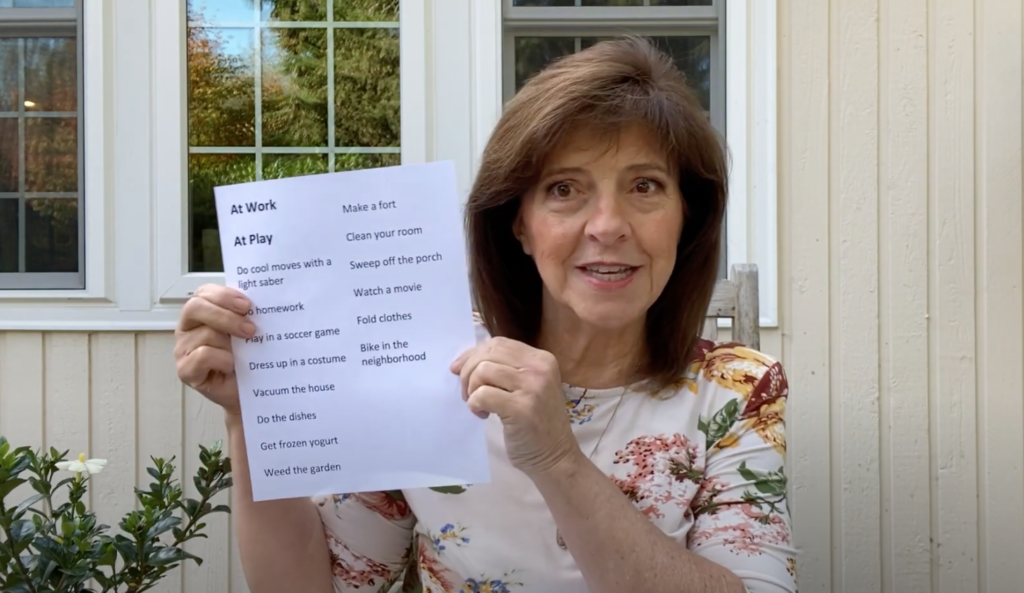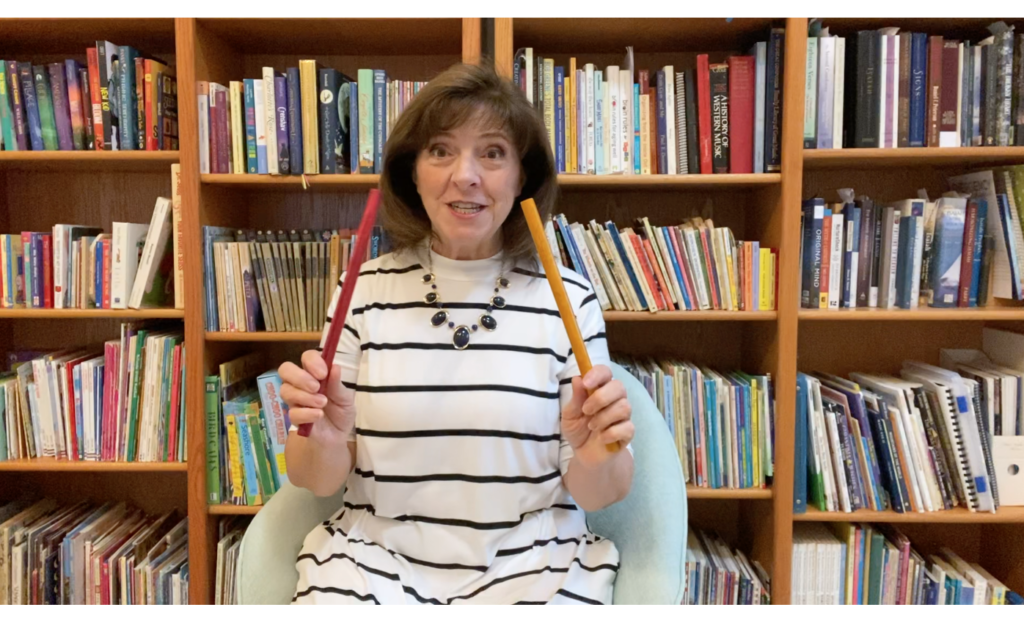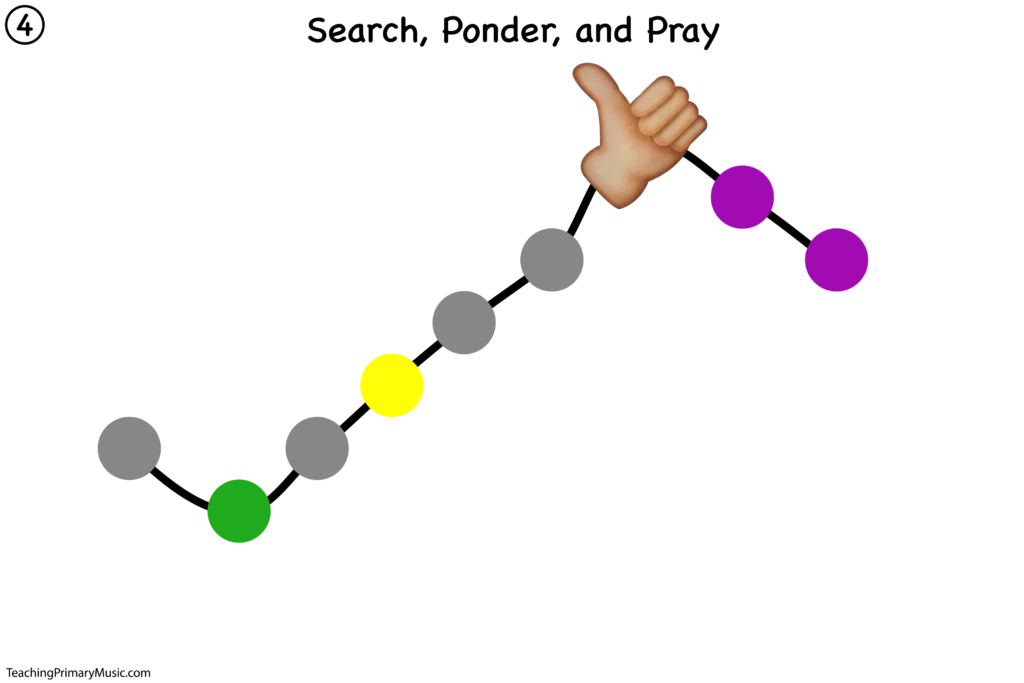

I sat in the back of the room as the Primary Music Leader spoke the words to a beautiful song to the children, ask the children to speak a phrase back to her a couple of times, then the Music Leader ask the children to sing that phrase with her. I heard the hesitation in the children’s voices as they tried to do what she asked. I felt the confusion, and then the disinterest… and sensing that made me sad.
Why didn’t this approach yield immediate, great results? Here are some ideas:
From research I know that:
- The words of a song RIDE on the beat, the rhythm, and the melody of the song. I think we all know that an inconsistent beat or a difficult melody make a song (and it’s words) hard to remember. Music has the wonder of lighting up 5 different locations in our brain, making it magic for effecting us as humans. We remember things longer if they are in a song. We have feelings that are attached to the song BECAUSE of the beat, the rhythm, and the melody.
- We need to hear a song quite a few times in order for it to map out a place in our brain. We map out the melody, the beat, and the rhythm often BEFORE we map where the words go with those things! We need to hear the music with the words over and over again.
- The brain does best to learn something if we follow the principle of WHOLE to part to WHOLE. Let the child hear the whole song while they are concentrating on a part of it. Have them follow your hands in a rhythm pattern while you sing the whole song. Have them figure out how many times you sing a certain word while you sing the whole song. Have a child try to figure out the order of the pictures or words you display at the front of the room while you sing the whole song over and over again. WHOLE to part to WHOLE.
If the beat, the rhythm, and the melody are so important to the child’s brain in learning a song, shouldn’t we spend time focusing on those things?
The answer is yes. YES, YES, YES.

Focus on the steady beat

Use paper plates, rhythm sticks, egg shakers to help a child FEEL the beat with their body as they hear the song.
Focus on the rhythm
Tap the steady beat as you sing the song. Then tap the rhythm of the song as you sing the song. Have half of the room tap the beat and half of the room tap the rhythm as you sing the song. Switch. (An extra challenge is trying to have one hand tap the steady beat and the other hand tap the rhythm!)
Focus on the ups and downs of the melody

Show a melody map for the song. Ask the children what this color might mean as they listen to you sing the song. Ask the children which is the highest note and the lowest note of the song as they listen to you sing the song.
The magic of the back door
When you focus on the beat, the rhythm, and the melody of the song while singing the whole song with the words, there is magic that happens. The brain somehow starts to pick up the words without you ever singing them. I call this the back door. While you are focusing on the musical aspects of the song, the words of the song slip in the back door of our brains.
The beauty of the beat, rhythm, and melody
The beauty of doing a pattern to the steady beat and the rhythm (moving with a manipulative that is fun) is that the feelings of being interested, engaged, intrigued, and having fun moving to music spill over into the memory and associate with that song. The feelings you feel AS you learn something (according to research) actually stay in your memory longer than the thing itself.


Holly Taylor
I LOVE all of your ideas and teaching methods! I’ve experienced the frustration when speaking the words to a song to the children and then hearing the song fall apart as they try to sing it. I’ve even written all of the words on the chalkboard and nobody sings. Not everyone understands why I don’t teach with all the words, but I’ve experienced the MAGIC you wrote about by teaching without them, and focusing on the melody, rhythm and key words. Thank you so much for all you do to help us all be better teachers.